Newbie, completely overwhelmed and plants arrive Monday
blissfulchef
13 years ago
Related Stories
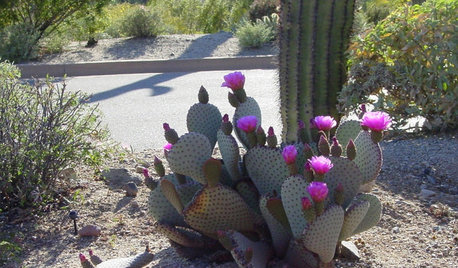
GARDENING GUIDES8 Cactuses Bring Spring Flowers to Dry Gardens
These prickly desert plants transform in spring with the arrival of their colorful blossoms
Full Story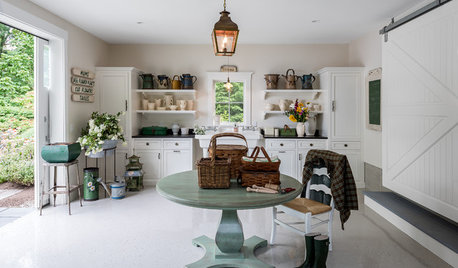
GARDENING GUIDESHow to Declutter Your Garden Shed, Greenhouse or Potting Bench
Get those pots and tools sorted now, and you’ll be free to focus on your plants when spring arrives
Full Story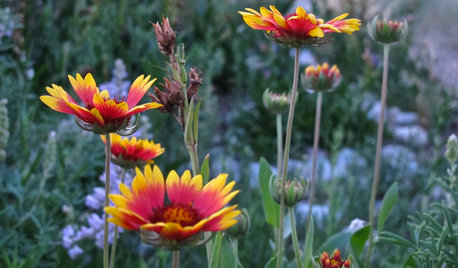
GARDENING GUIDESThese Hummingbird-Attracting Native Plants May Surprise You
These flowers, vines and shrubs offer shelter and food supplies that keep hummingbirds around longer
Full Story
HOUSEPLANTS8 Essentials for Healthy Indoor Plants
Houseplants add so much to our homes — and can thrive when grown in the right conditions. Keep these tips in mind
Full Story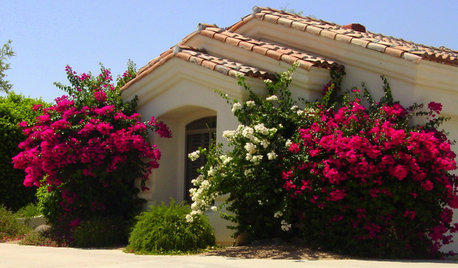
LANDSCAPE DESIGNGreat Design Plant: Sun-Loving Bougainvillea Showers Yards With Color
Bring unbeatable vibrancy to a garden or wall with this unfussy and trainable shrub packed with colorful bracts
Full Story
FEEL-GOOD HOMESimple Pleasures: Rise and Shine!
Do these things to wake up on the right side of the bed (even on Mondays)
Full Story
LIFE7 Tips to Get With a New Minimalist Mentality
Feeling overwhelmed by your stuff? Here's how to pare down, simplify and keep just what you need and love at home
Full Story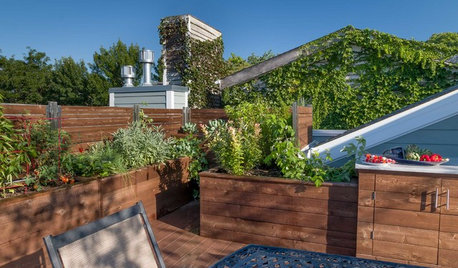
GARDENING GUIDES10 Tips for Beginning Gardeners
With a simple sketch, basic tools and the right plants, you’ll be on your way to growing your first flowers or edibles
Full Story
COLORPaint-Picking Help and Secrets From a Color Expert
Advice for wall and trim colors, what to always do before committing and the one paint feature you should completely ignore
Full Story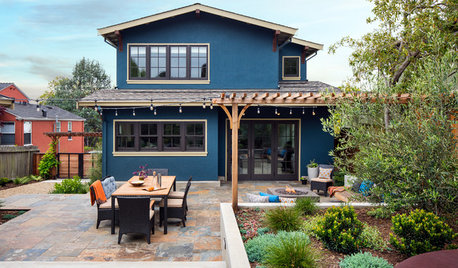
LANDSCAPE DESIGNHow to Make Your Painted or Stained House Feel at Home in the Landscape
Use color and texture to create a pleasing connection between your house and garden
Full Story







lathyrus_odoratus
jodik_gw
Related Professionals
Maple Valley Landscape Architects & Landscape Designers · Taylorsville Landscape Architects & Landscape Designers · Fair Lawn Landscape Contractors · Sammamish Landscape Contractors · Albany Solar Energy Systems · Cocoa Beach Solar Energy Systems · Boston Window Contractors · Doctor Phillips Window Contractors · DeLand Window Contractors · Hammond Window Contractors · Lansdowne Window Contractors · Montgomery Village Window Contractors · Security-Widefield Window Contractors · Salt Lake City Fence Contractors · Kingsburg Fence Contractorsroselane